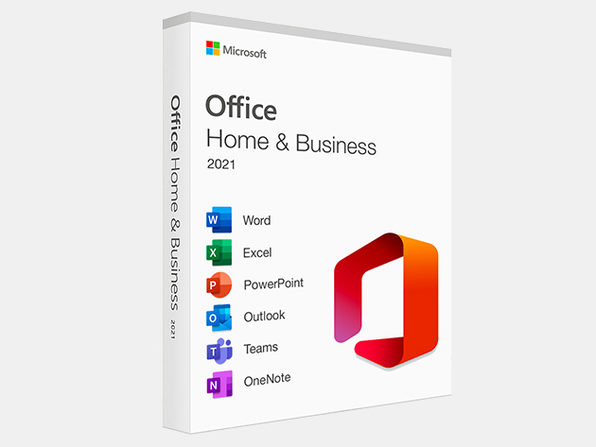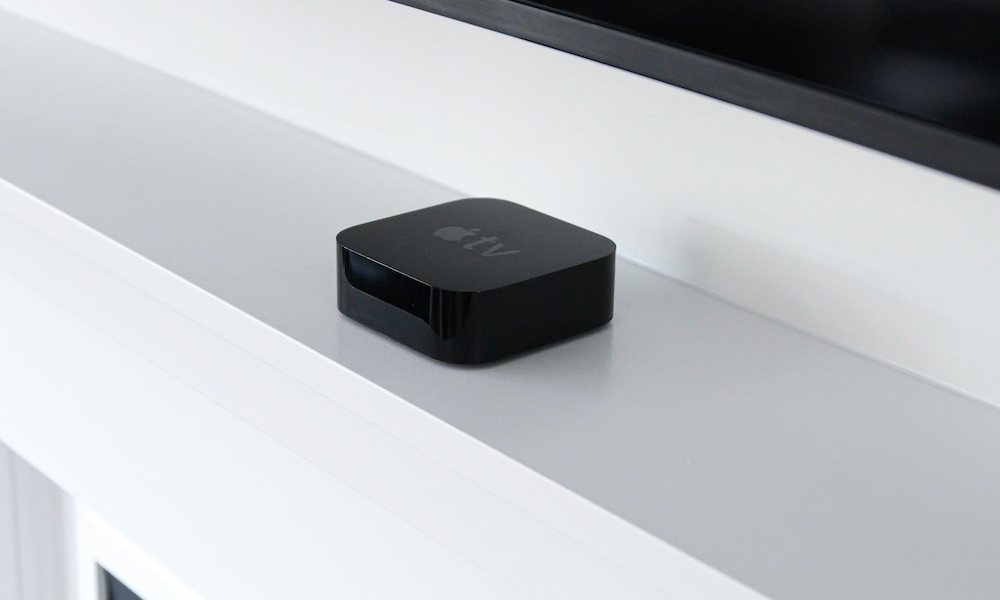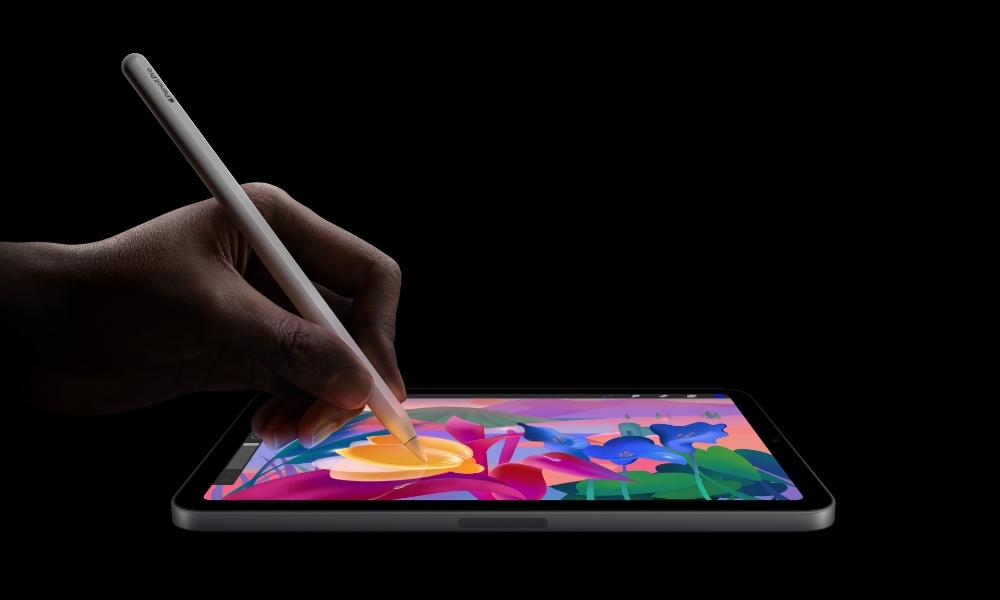Apple Leaks 2025–26 Product Roadmap
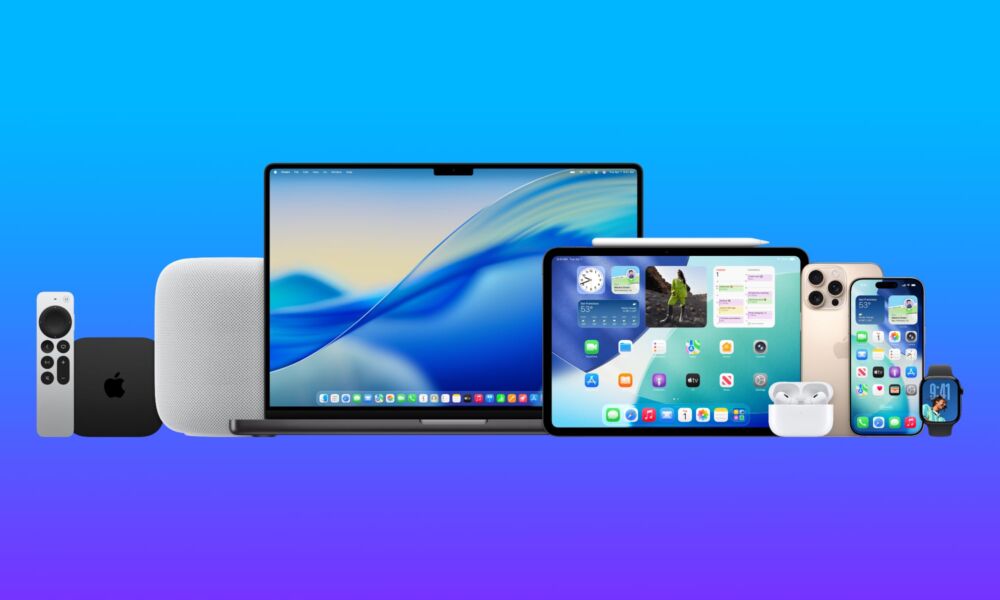
Toggle Dark Mode
Apple made an unusually significant gaffe last week when it prematurely included code in a publicly available software tool that listed identifiers for a whole slew of new devices and chips. Now, these findings have been independently corroborated by other sources, suggesting that they’re an accurate reflection of Apple’s near-term product lineup.
These are all things that haven’t been seen outside of Apple’s walls. They range from obvious entries like new Apple Watch models to lesser-known items like an Apple Studio Display and next-generation iPad mini; however, they also provide clues to the chips with which Apple plans to equip these devices.
The code was initially discovered by MacRumors contributor Aaron Perris and Macworld’s Filipe Esposito. Over the weekend, Bloomberg’s Mark Gurman acknowledged in his Power On newsletter that their findings line up with nearly everything he’s heard, with only some slight variations.
Esposito’s findings focused on evidence of an M4 Ultra Mac Pro, seemingly confirming that Apple has at least considered releasing a beastly new high-end Mac. Many ruled this out after Apple released an M3 Ultra Mac Studio in March and then let this year’s Worldwide Developers Conference (WWDC) pass with no mention of a new Mac Pro. Still, a roadmap shared by Gurman last year suggested the M4 Ultra version of the Mac Pro could come in “the second half of 2025,” so there’s still time. The M4 Ultra is powerful enough that Apple could still release it after the M5 chip debuts, much like it did with the Mac Studio a few months ago.
Meanwhile, Perris shared a whole laundry list of devices he found, including the chips they’re likely to pack in:Product Chip Apple Watch Series 11 S11 Apple Watch Ultra 3 S11 Apple Watch SE 3 S11 Apple TV 4K (4th gen) A17 Pro HomePod mini (2nd gen) S9 iPad (12th gen) A18 iPad mini (8th gen) A19 Pro Studio Display A19 Pro Vision Pro M5
A few of these aren’t especially surprising. An S11 chip in an Apple Watch Series 11 and Apple Watch Ultra 3 would be par for the course, as Apple has always matched its S-series chips to its main “Series” models and whatever Ultra arrives alongside them.
The good news is that this year’s third-generation Apple Watch SE is also getting an S11 chip. That follows in the footsteps of the current Apple Watch SE, which was released in 2022 with the same S8 chip as the Series 8 and original Apple Watch Ultra, so it’s what most folks were expecting, but it also wasn’t a certainty, as the first Apple Watch SE used an S5 chip from the prior year’s Series 5 model.
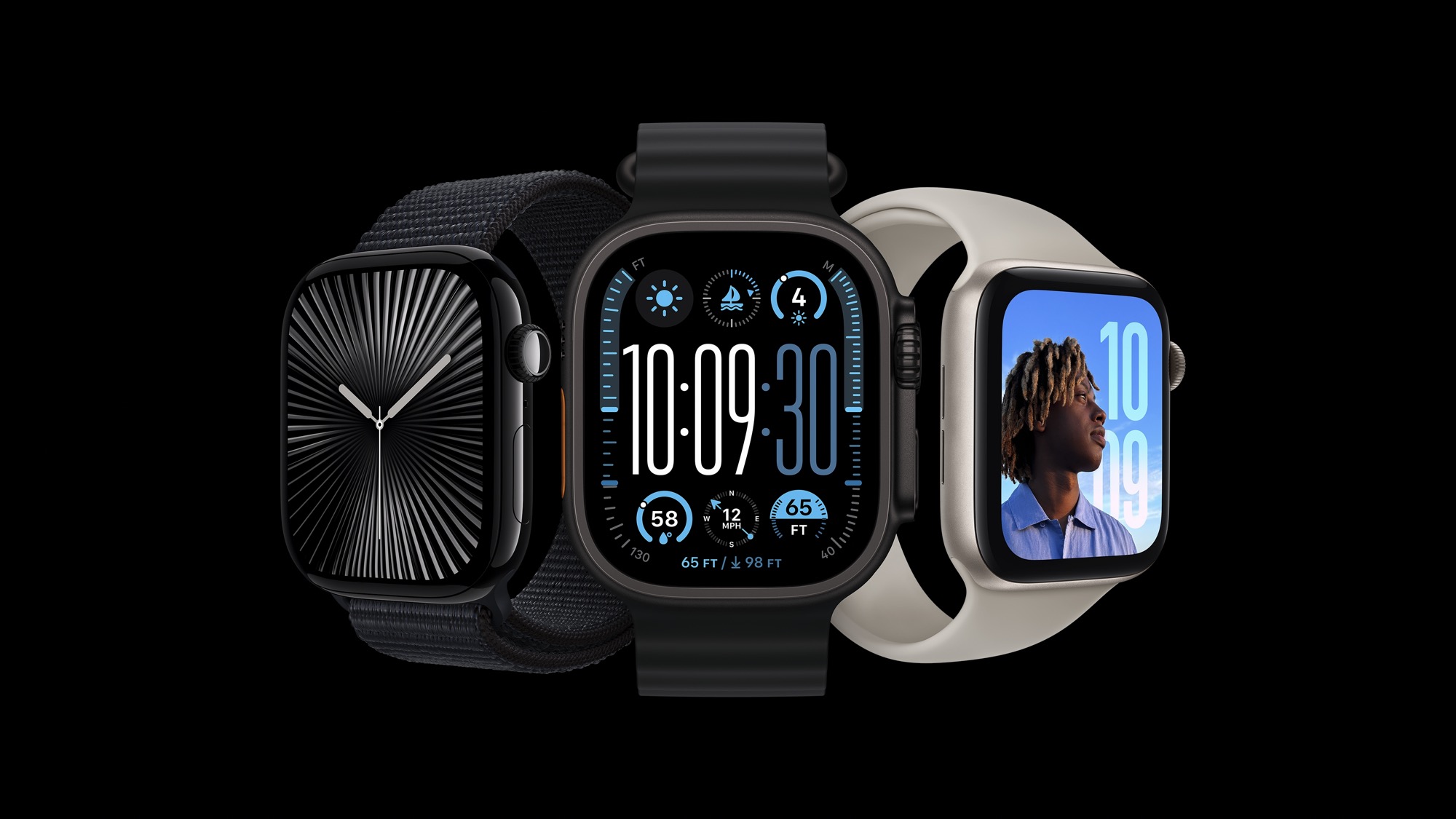
The Apple Watches are all expected to be released alongside the iPhone 17 lineup during an Apple event early next month.
We’re overdue for a new HomePod mini, and adopting the S9 chip isn’t a stretch here either. The original HomePod mini used an S5 from the prior year’s Apple Watch Series 5, so, if anything, an S9 chip is even further behind the curve. However, Apple expanded S9 chip production to the US earlier this year, and it’s doubtful that it did that solely to manufacture chips for the soon-to-be-discontinued Apple Watch Ultra 2. The same plant also began cranking out iPhone 15-era A16 chips only a few weeks before Apple surprised us by including it in an 11th-generation iPad — the only mainstream device to be released in 2025 without Apple Intelligence.
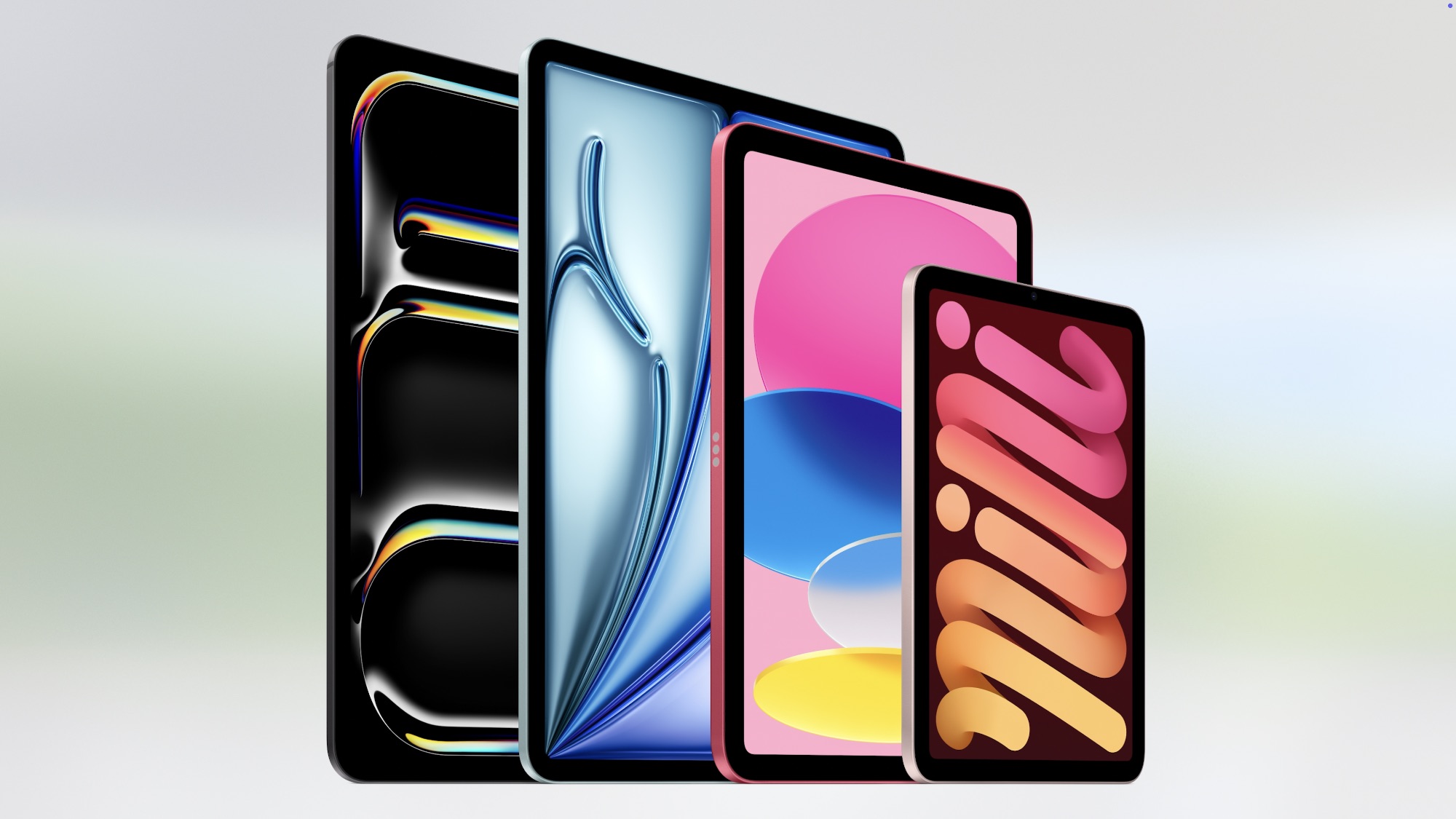
That helped Apple keep costs down on a device for a target market where many won’t care as much about its shiny new AI features, but it’s also something Apple will rectify with the next generation. According to the leaked info, the 12th-gen iPad will jump to the same A18 chip currently used in the iPhone 16. Except for an unusually long dry spell in 2023, Apple has refreshed its entry-level iPad annually since resurrecting it in 2017, so this new model should arrive by early 2026.
While it hasn’t been quite as long as it has for the HomePod mini, it’s still about time for a new Apple TV 4K to arrive. Apple gave us a one-two punch with the second and third-generation models in 2021 and 2022, and with the current model sporting a 2021-era A15 chip, it’s not all that surprising that Apple plans to take the next model to the A17 Pro of the iPhone 15 Pro family. Like the HomePod mini, it appears to be slightly behind, since the A17 Pro is now effectively a two-year-old chip, but it should deliver more than enough power to turn the new Apple TV 4K into the gaming powerhouse we’ve heard rumored for years.
The iPad mini remains a wildcard for release dates. Previous refreshes have come sporadically since the March 2019 fifth-generation model that marked its triumphant return. The sixth-generation iPad mini didn’t arrive until September 2021, and the current seventh-generation didn’t show up until three years later.
The idea of Apple giving it the as-yet-unreleased A19 Pro chip may seem a bit shocking, but it’s not at all unprecedented; if anything, the current A17 Pro iPad mini is the exception to the usual rule. The fifth-generation iPad mini had the A12 Bionic chip of the contemporary iPhone XS/XR models, and the sixth-generation iPad mini arrived in 2021 with the same A15 chip as the iPhone 13 Pro — including the fifth GPU core — although benchmarks revealed it was a slightly downclocked version. The A19 Pro would be this year’s equivalent of the 2021 A15 “Pro” chip, so it’s entirely possible Apple could follow the same playbook.
Nevertheless, nobody expects the new iPads to appear before 2026. By that time, the A19 Pro will have been out in the wild for a few months. The only iPad refresh expected this fall is an M5 iPad Pro, which was conspicuously missing from the list of leaked devices — but then again, the iPhone 17 lineup is nowhere to be seen here either, nor are any Macs.
The only real point of contention here is the next-generation Vision Pro. While several sources have been predicting since last year that Apple’s next spatial computing headset will move all the way up to the next-generation M5 chip, Gurman says that’s not necessarily locked in yet. “I continue to hear the company is testing versions with the M4,” Gurman says, while parenthetically adding that “it’s certainly plausible that Apple has considered both.”
[The information provided in this article has NOT been confirmed by Apple and may be speculation. Provided details may not be factual. Take all rumors, tech or otherwise, with a grain of salt.]

